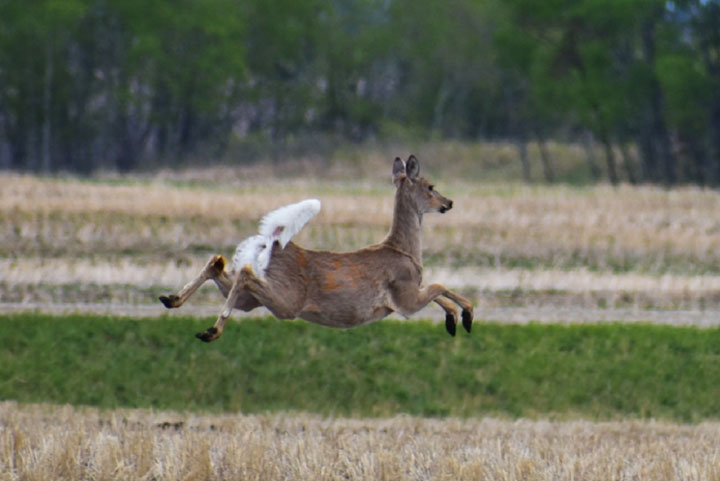The Saskatchewan Ministry of Environment says it is targeting key areas for chronic wasting disease (CWD) during the 2019 hunting season.

CWD is a fatal, infectious disease of deer, elk, reindeer and moose that affects the central nervous system. There is no known cure.
CWD has been detected throughout most of the western and central portions of the province as well as the northeastern areas around Nipawin and Carrot River. However, testing has been limited and CWD may also be present in other areas, according to the provincial government website.
The ministry identified wildlife management zones (WMZs) 9, 10, 2W, 35 and 37 on Tuesday as areas where hunters are strongly urged to submit all mule deer and white-tailed deer heads for testing.
Long-term monitoring sites are being set up in these WMZs to obtain more information about the spread of CWD in the province.
At least 300 samples from each of these targeted zones would help to more accurately assess any changes in CWD and help guide future management options, officials said.
Hunters are also being asked to submit caribou harvested in the boreal transition zone which includes WMZs 43, 47, 48, 49, 50, 53, 54, 55, 56, 57 and 67.

Get breaking National news
“Hunters play an important role in supporting wildlife health, and submitted more than 2,000 heads for CWD testing last year,” Environment Minister Dustin Duncan said in a press release.
“Understanding how this disease spreads is critical in evaluating potential population impacts, and in developing disease management plans.”
WATCH (June 5, 2019): University of Regina researchers looking into invasive fish species

Hunters can help reduce the spread of CWD to new areas of the province by properly disposing of animal carcass waste, ministry officials said.
A human case of CWD has never been identified, but transmission cannot be excluded, according to officials. As a precaution, Health Canada and the World Health Organization recommend people not eat meat or other parts of a CWD-infected animal.
Animal heads can be submitted for testing at drop-off locations across the province. The Saskatchewan Wildlife Federation said it will manage a number of drop-off sites during the hunting season to help augment the ministry’s program.
CWD was initially detected in Saskatchewan at a game farm in 1996 and in wild mule deer four years later. It is now found in deer, elk and moose in 48 of Saskatchewan’s 83 WMZs.


Comments